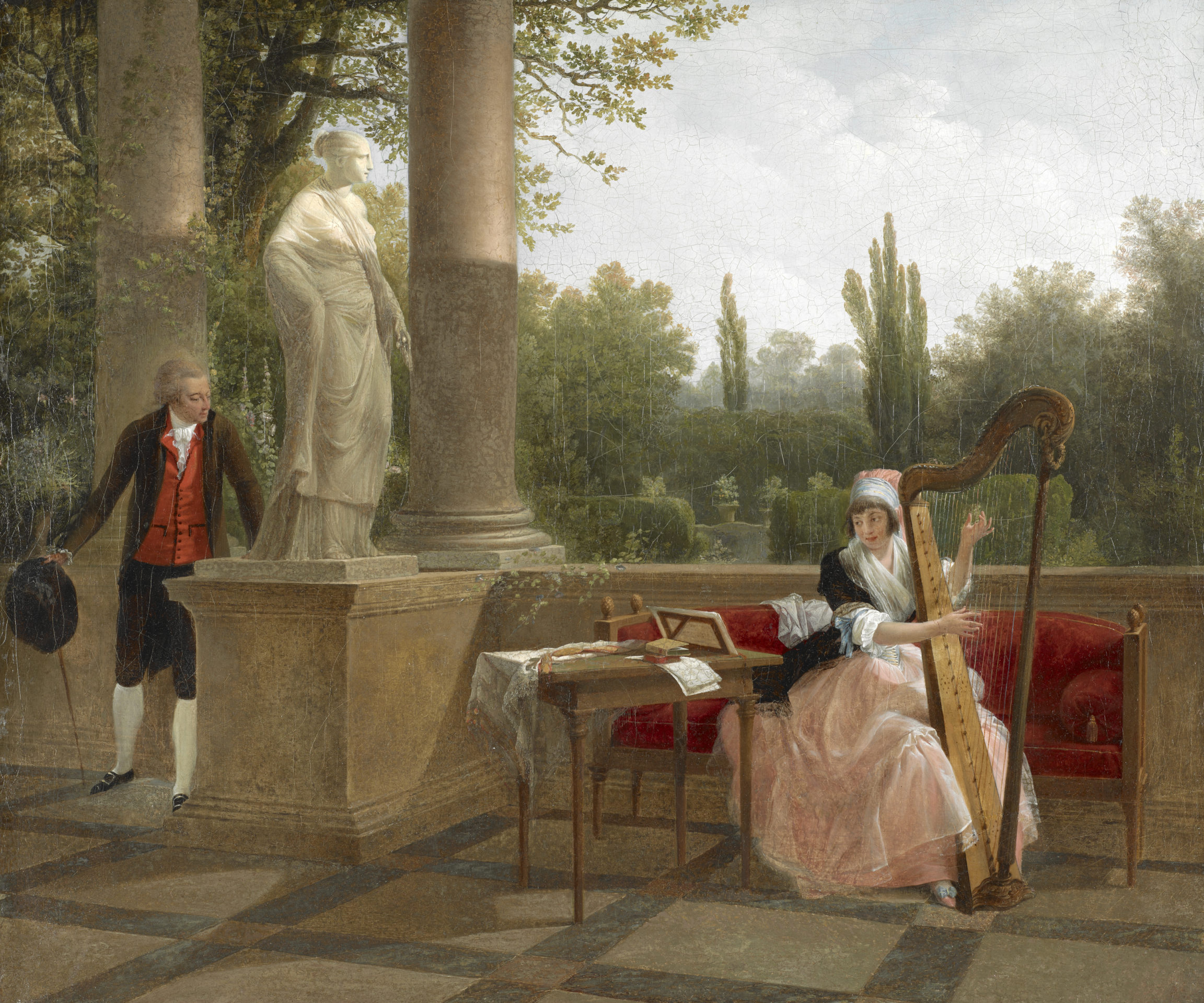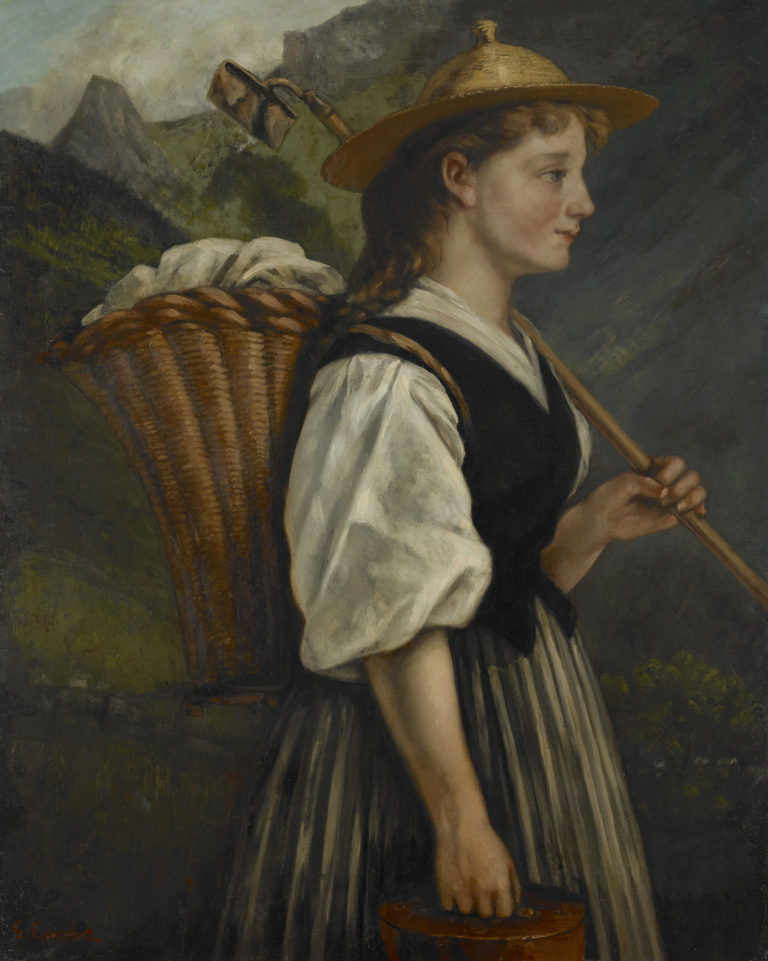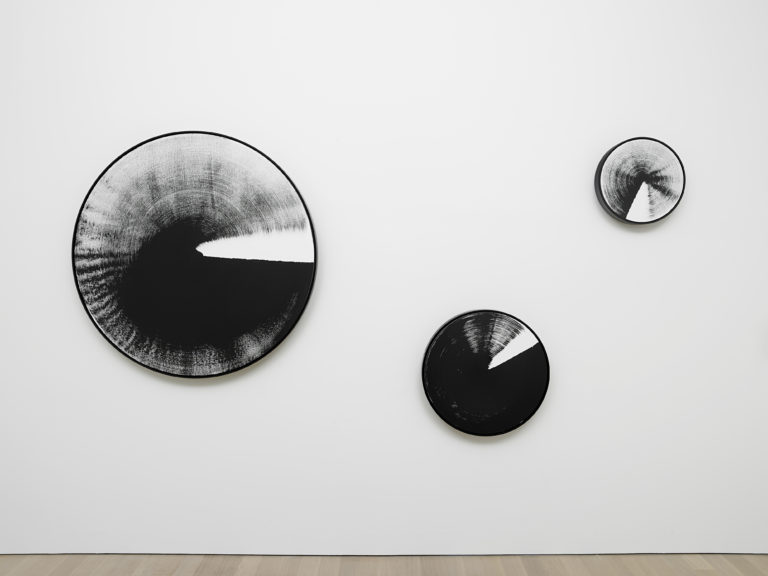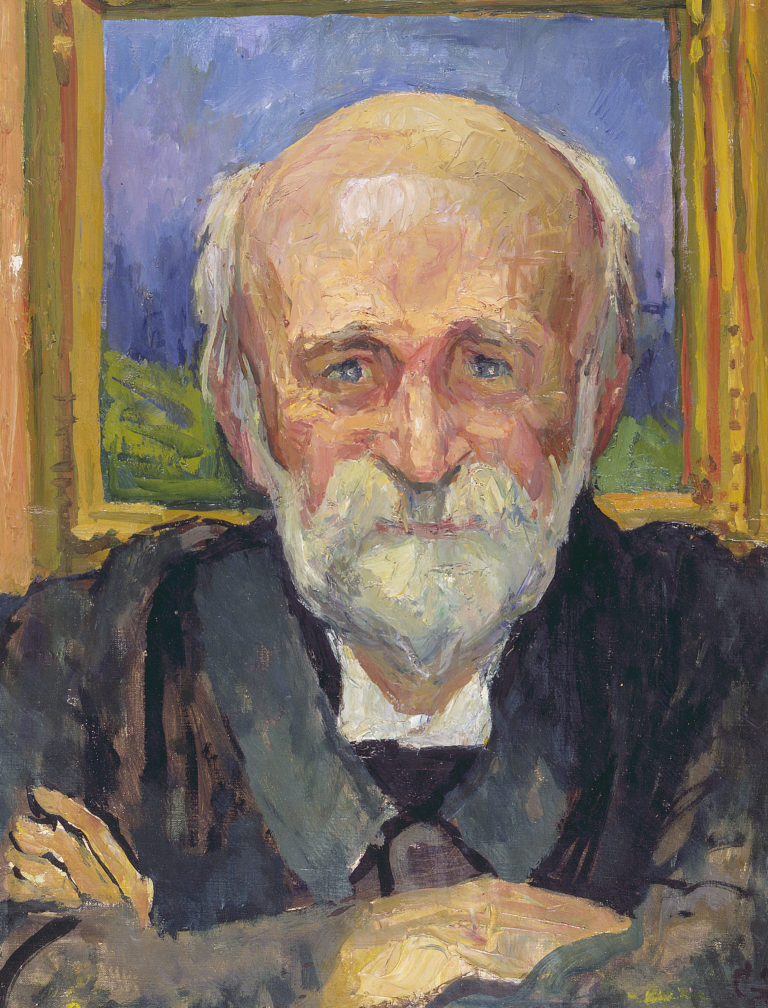Bibliography
Anne van de Sandt, with a foreword by Catherine Lepdor, Les frères Jacques et François Sablet. Collections du Musée des Beaux-Arts de Lausanne, Les Cahiers du Musée des Beaux-Arts de Lausanne n. 19, 2015: n. 9.
Anne van de Sandt (ed.), Les frères Sablet: 1775-1815: peintures, dessins, gravures, Lausanne, Musée cantonal des Beaux-Arts, Rome, Carte Segrete, 1985: n. 17.




After settling in Rome, the Swiss artist Jacques Sablet turned away from history painting and spent the late 1780s building his reputation as a genre painter. He worked in three main directions: moral scenes reflecting the influence of Rousseau’s philosophy, picturesque depictions of humble Italian life, and group paintings, from family portraits to gallant scenes.
This charming portrait of a harpist is an example of the latter. A woman is shown reading a score in a shady loggia overlooking a splendid garden. A young man watches her from behind an antique statue. The work expresses a loving relationship in subtle touches, with a nod to fertility in the sunbeam falling on the goddess Ceres, inspired by a statue in the Mattei collection (Rome, Museo Pio-Clementino). The ivy climbing the parapet and pillar hints at future embraces. The carefully orchestrated palette, dominated by vermilion, imbues the composition with vibrant energy, from the young man’s waistcoat to the velvet couch beneath the young woman’s pink taffeta skirt.
Sablet here draws on the tradition of Jean-Honoré Fragonard and François Boucher, but with none of their frivolity and lewd undertones. Rather, like other neo-classical artists, he strives to bring a note of decency to the Rococo tradition. The calm, natural poses are a far cry from the lively movement found in the earlier generation, which tended to the trivial. As his friend, the painter Conrad Gessner, wrote in June 22, 1787, ‘his paintings […] combine the nobility of the Italian school and the delicate touch and splendid colours of the Flemish school’.